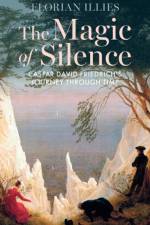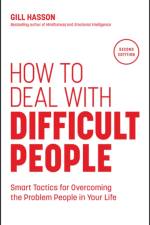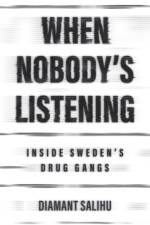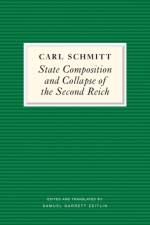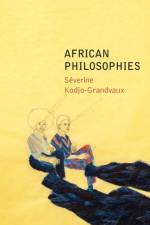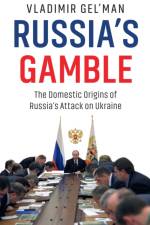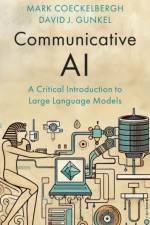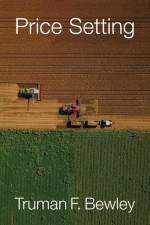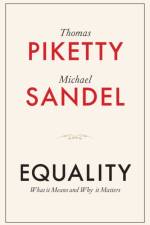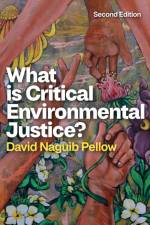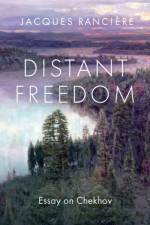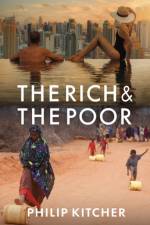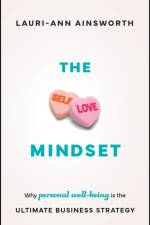av Lauri-Ann Ainsworth
191
Find success and create organisational change by focusing on your own happiness and wellbeing Written by Lauri-Ann Ainsworth, CEO of the Richard Branson Centre of Entrepreneurship Caribbean, the region's foremost business accelerator, The Self-Love Mindset: Why Personal Wellbeing is the Ultimate Business Strategy shares a deeply personal journey, revealing how true success-both personal and professional-begins with self-love. Ainsworth believes that people are at the heart of every business. When individuals are empowered to love and care for themselves, that love naturally extends to the organization and even the community they serve. This book is about more than just professional success-it's about creating environments where people thrive because they feel seen, valued, and encouraged to be their best selves. The magic of The Self-Love Mindset lies in three core pillars: Love Yourself through Self-Care: When individuals take responsibility for their mental, physical, and spiritual well-being, they become more resilient. They can rise above daily stresses and challenges, fuelling themselves from within and bringing their best energy into the workplace - whether leading a team, running a business, or pursuing personal projects. Know Yourself through Self-Awareness: Self-awareness helps people uncover their inner strengths and understand the environment that allows them to thrive. When individuals align their strengths with their work, they not only improve their own performance but also create and contribute to a positive, collaborative company culture. Create Value by Being of Service: Extending self-love through service is how individuals create lasting value, whether in a team, business, or community. When driven by purpose, you contribute meaningfully, enriching both your own life and the lives of others. Ainsworth argues that businesses are only as strong as the people who power them. No matter the context, self-love and personal well-being are at the core of sustained success. When individuals take care of themselves, align their strengths with their work, and serve others, they create a foundation for success that transcends any specific role or career path. In today's rapidly changing world, the businesses that will excel are those that recognize the value of their people and foster a culture of self-love and well-being. It's not just about perks or compensation-it's about creating an environment where individuals feel empowered to be their authentic selves, where their personal growth is aligned with the growth of the organization. When people love themselves, that love extends to their work, the organization, and ultimately the community. This is the future of business success. The Self-Love Mindset is a blueprint for creating that change-showing that when people come first, business goals are not only met, they are exceeded. Empowering individuals to embrace self-love will be the game-changer that defines which organizations thrive in the next generation.





